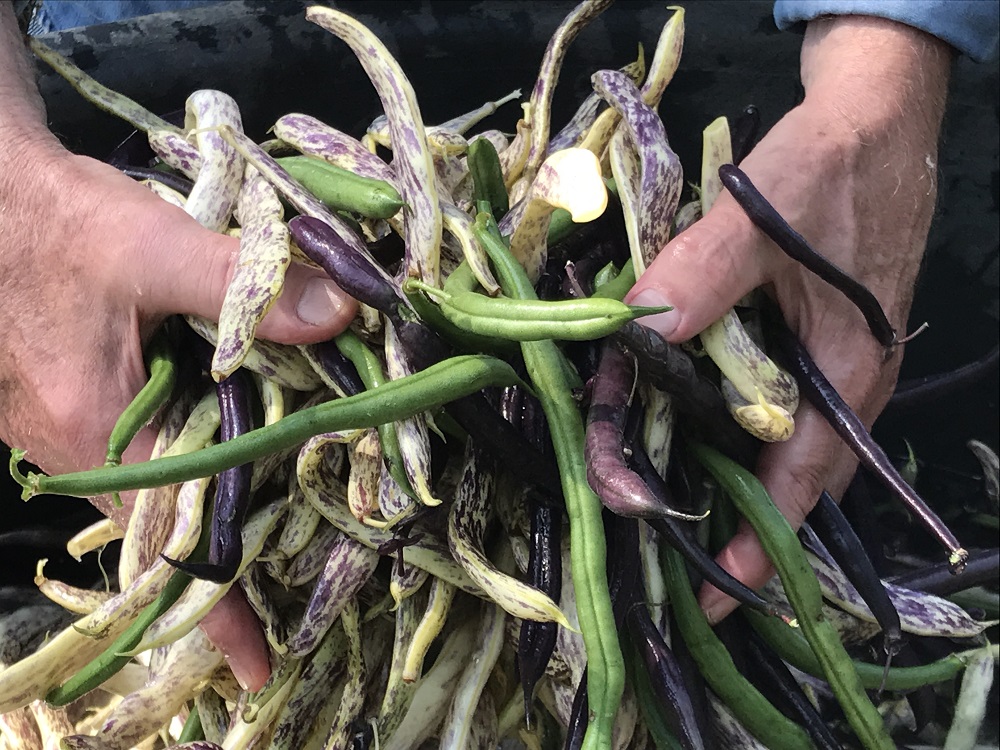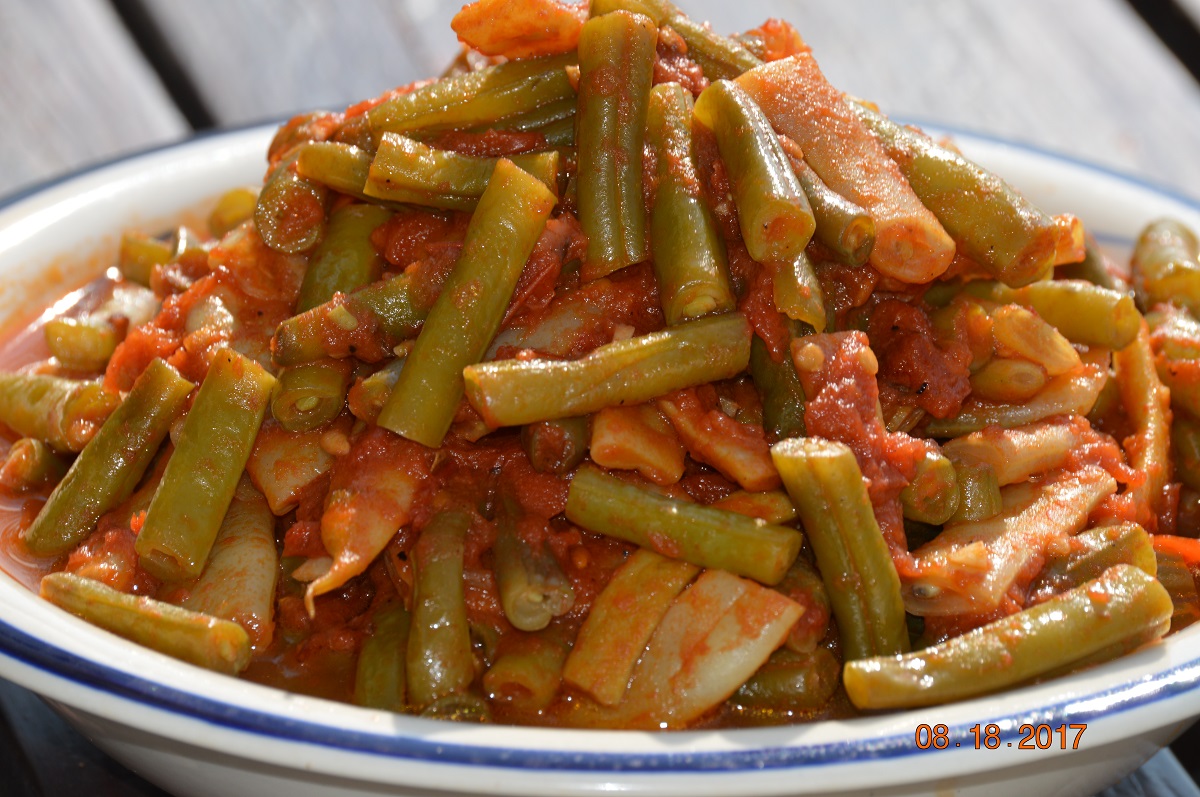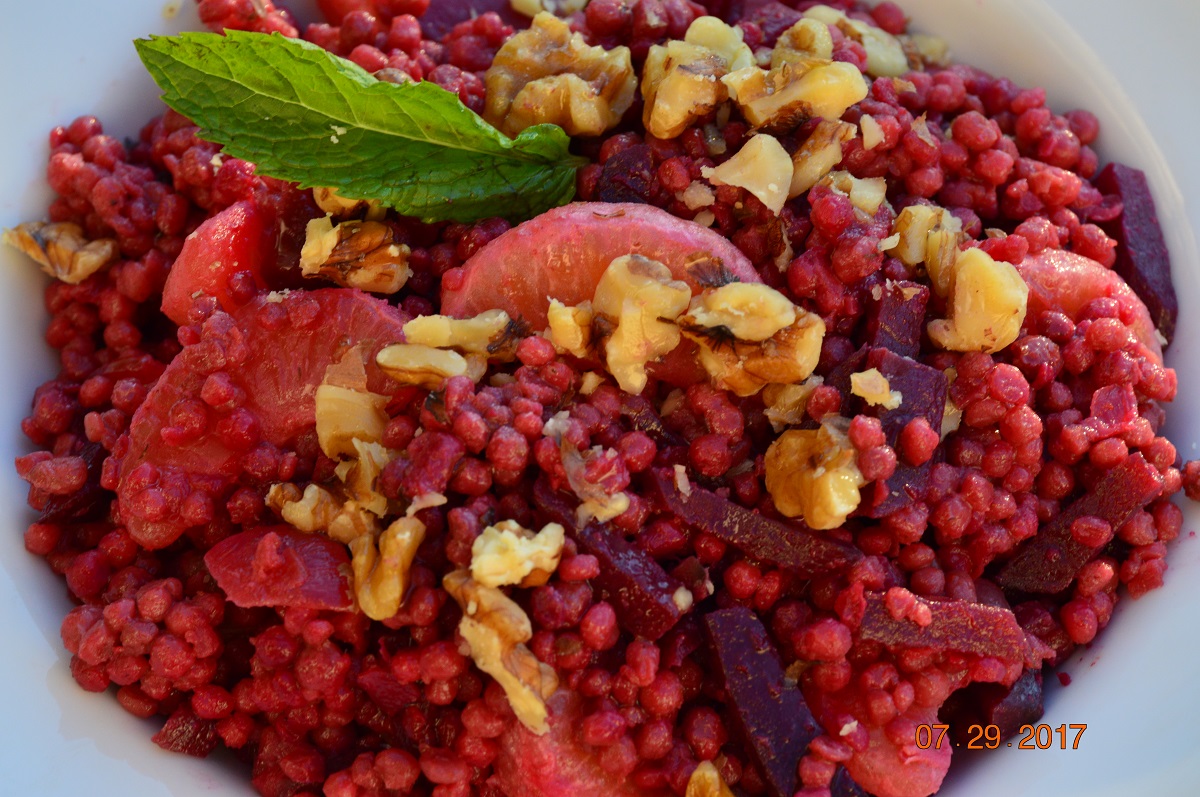“Much have I learned from my teachers, more from my colleagues, but most from my students.” – Rav Hanina ( Talmud: Taanit, 7a)
I finished teaching a class at McHenry County Community College this past week called “Conscious Choices: Thinking About Food.” I taught the class last year, but each year it’s different as our food situation evolves (or devolves) and my own knowledge base grows.
My formal coursework has been in religion and Bible. I have enjoyed taking and teaching many classes. Informally, I read widely about food, the environment, sustainability and agriculture, in particular animal agriculture. I maintain a Twitter feed primarily for the purpose of following trends and picking up leads to interesting reading. This year I also enjoyed an online class in “The Ethics of Eating” from Cornell University. I fed myself and my family and friends for 50 years, operated a large organic garden, worked in the food industry, and now I work (very part-time) on a farm.
Finally, though, what most encourages me to constantly reshape these classes is student input. An aha moment for a student is an aha moment for me. In the last series I taught, that aha moment was hearing Alex Hershaft, Holocaust survivor and animal activist, speak. This time it was a comment from Michael Pollan’s 2008 “An Open Letter to the Farmer in Chief,” “But if taking the animals off farms made a certain kind of economic sense, it made no ecological sense whatever: their waste, formerly regarded as a precious source of fertility on the farm, became a pollutant — factory farms are now one of America’s biggest sources of pollution.”
He continues, “As Wendell Berry has tartly observed, to take animals off farms and put them on feedlots is to take an elegant solution — animals replenishing the fertility that crops deplete — and neatly divide it into two problems: a fertility problem on the farm and a pollution problem on the feed lot. The former problem is remedied with fossil-fuel fertilizer; the latter is remedied not at all.”
There is a lot of talk these days about 2050 and the need to feed a predicted world population of 10 billion. How will we accomplish that? Are there enough land and water resources? How do we bring true food security to the “food insecure?” As our world continues to change, will we perhaps all become food insecure? Can our current path make us healthier and happier?
As the class evolved, I realized that I was teaching two models for “feeding the world.” The first model is the one offered up by our American culture: the Industrial Food System (or IFS). The second is what I will call the biblical model. Each of these models utilizes different strategies to produce food, and each produces different results.
What I understood as I taught this year is that not only is each of these models a “system” in every sense of the word, but like any good system, each has a purpose or mission that defines its objectives, strategies and results.
Michael Pollan introduces his Open Letter this way: “The food and agriculture policies you’ve inherited — designed to maximize production at all costs and relying on cheap energy to do so — are in shambles, and the need to address the problems they have caused is acute.”
But if the IFS mission of maximizing production at all costs has failed, so has the biblical mission of expanding the realm of ethical consciousness. This mission has failed not so much because of a problem in the message but more from the dismissive attitude of a secular world toward sacred texts and wise teachers in human history.
We are not the first generation to sit on the edge of catastrophe, yet we reject ancient teachings before we even take time to know what they are. Their wisdom barely enters our consciousness as we struggle with problems that threaten our continued existence on the planet.
Yet just as there may be things of value to glean from the Industrial Food System before we reform it or throw it out, there are things of value to take from the Torah and other ancient teachings.
When I began my Torah Ecology project, my intention was to focus on food, animal rights and the environment. In this first year of my project, my interest isn’t so much on specifics like what people ate but more on what it meant to them — or at least what it was supposed to have meant to them according to the “Author”/authors of the Torah. Understanding this takes me on some thought journeys that seem far afield, but ultimately each week of close study contributes something to my ability to get inside the biblical worldview.
When I redesign the class for next year, I will organize it very specifically around these two models, the IFS and the biblical model, maximum production vs. maximum ethical consciousness. How does each of these models relate to human health, other species on the planet and the planet itself? What does each model say about our relationship to other species and to the planet? Specifically, what does each model say about animal agriculture, agricultural workers, health, waste and human consciousness?
One thing I know about our current food culture is that it encourages a total disconnect from the sources of our food. That disconnect in turn generates distortions in our relationship to transcendence, our environment, other human beings, other creatures, even our own bodies. Working in the fields planting and harvesting, sharing the fields with other animals and cooking with real food break down that disconnect, restoring satisfying, beneficial and meaningful relationships. The biblical model expresses that understanding of interconnectedness.
For more, visit my blog, vegetatingwithleslie.org, “Like” me on FaceBook/Vegetating with Leslie or follow me on Twitter, @vegwithleslie.







































